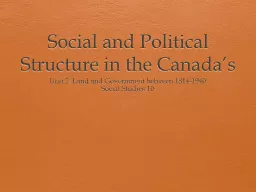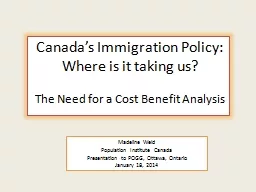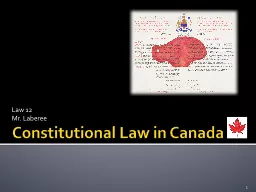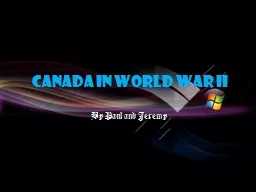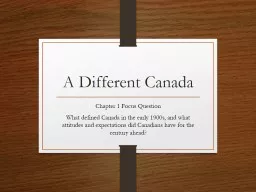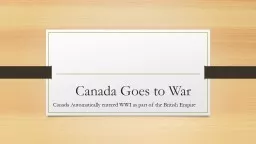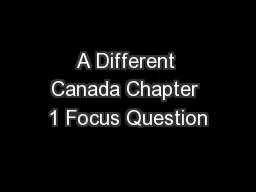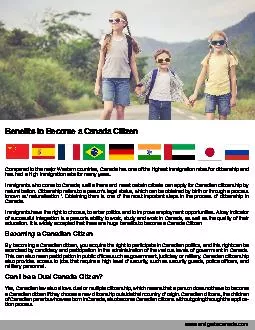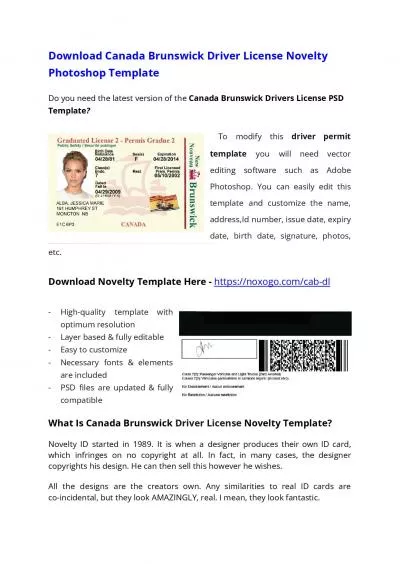PPT-Social and Political Structure in the Canada’s
Author : debby-jeon | Published Date : 2016-06-15
Unit 2 Land and Government between 18141940 Social Studies 10 A Divided Canada Upper Canada In 1814 95000 people Consisted of primarily English speaking Canadians
Presentation Embed Code
Download Presentation
Download Presentation The PPT/PDF document "Social and Political Structure in the Ca..." is the property of its rightful owner. Permission is granted to download and print the materials on this website for personal, non-commercial use only, and to display it on your personal computer provided you do not modify the materials and that you retain all copyright notices contained in the materials. By downloading content from our website, you accept the terms of this agreement.
Social and Political Structure in the Canada’s: Transcript
Download Rules Of Document
"Social and Political Structure in the Canada’s"The content belongs to its owner. You may download and print it for personal use, without modification, and keep all copyright notices. By downloading, you agree to these terms.
Related Documents

